Notes
POYi Winning Photos: Is the Freeway the New Protest Battle Ground?
I can’t say whether references to the faces, symbols, names and places of yesterday is stronger now than ever before. I do know if there’s something authoritative to the visual past (an aging boomer phenomenon, perhaps? or, the intensity of the heyday of news magazines?), especially when we think about the politics of protest.
In the ongoing battle for racial equality, familiar touchstones are consistently and nostalgically recalled. One of the best examples came on Martin Luther King Day this year, as commemorated (and widely covered in the media) by the cast of the movie, Selma — actors representing King, and the legends of the movement — walking together over the famed Edmond Pettus Bridge.
This latest cycle of protest activity, ignited in Ferguson, is now six months old. Today, in the thick of photojournalism’s award season, the recognition of this imagery allows us to also think about what is unique to the contemporary movement. Along those lines, I’m please to see this body of work recognized with an award in Picture of the Year, International’s News Picture Story – Newspaper category. Hewing to POYi practice, we’ll hold off on naming the photographer till POYi does. I can say, though, these “Breaking Point” photos were published in the LA Times and capture the street protests that made their way west after the no-indictment decision in the death of Eric Garner.
Specifically, what I found significant and powerful about the set of twelve photos is how it affirms this new landscape of today’s protest movement. If you follow the visual news flow at all, you’ll recognize that highways or freeways have been the scene of various breeches and confrontations. If I’m mostly speculating, I get the sense that just the idea, let alone, the image, of blocking an offramp or shutting down an expressway makes people very uncomfortable.
At a minimum, what this Times photographer does, and his pictures, do, is verify that these roadways have become prime territory in today’s world of protest. Given the recognition, I can’t say what this means exactly. Does entering and stopping these throughways provide a way for the movement to demonstrate that business-as-usual has got to stop, and that citizens — especially those that simply watch on TV — need feel it, too? Of course, there’s a much deeper history to the target, given how expressways and freeways — as Eric Avila, professor of history, Chicano studies, and urban planning at UCLA, explains — are also the conduit of white flight to the suburbs, and the cause and remaining evidence of poorer neighborhoods largely populated by people of color being bulldozed, bisected and diminished in the freeway’s shadow.
If the scene and the setting feels troubling and awkward, maybe that’s instructive in itself. In an all-too-anonymous and high speed world, it’s a logical and literal way for civil rights protestors to cut into the artery.
(photo: temporarily undisclosed. caption 1: Protesters angry over the Ferguson grand jury decision push down a chain-link fence, climb up a dirt hill to walk onto one of the great symbols of Southern California – the freeway, in Los Angeles, Calif., on Nov. 25, 2014. Racial tension over policing in the United States reached a breaking point. The officer-involved shootings of Michael Brown, Eric Garner, Ezell Ford, Tamir Rice, and John Crawford III have drawn out thousands of demonstrators in an intense dissent. caption 2: Chanting, “hands up, don’t shoot,” protesters raise their hands while sitting on the ground to block traffic on the 110 Freeway to protest the Grand Jury’s decision to not charge Ferguson, Mo., police officer Darren Wilson in the case of Michael Brown’s shooting, in Los Angeles, Calif., on Nov. 25, 2014.e down on the injured spectators on the ground being tended to. caption 3: LAPD police officers get ready clear a scene after forcing protesters off the 101 freeway in the second day of protests to the Grand Jury’s decision to not charge Ferguson, Mo., police officer Darren Wilson in the case of Michael Brown’s shooting, in Los Angeles, Calif., on Nov. 25, 2014. By the second night, the Los Angeles police arrested 183 protesters overnight — a much larger number than in other major cities in the nation on the second night of protests over the grand jury decision in the Michael Brown shooting case.)
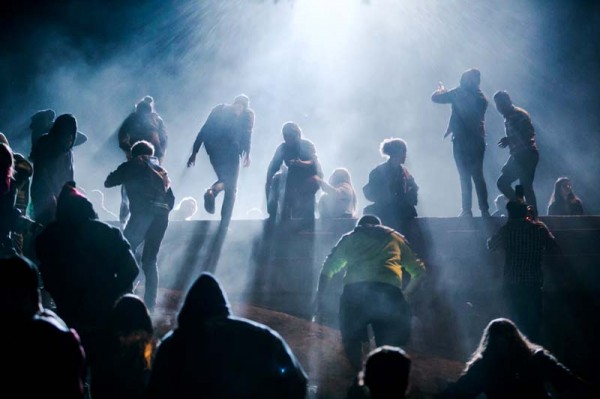
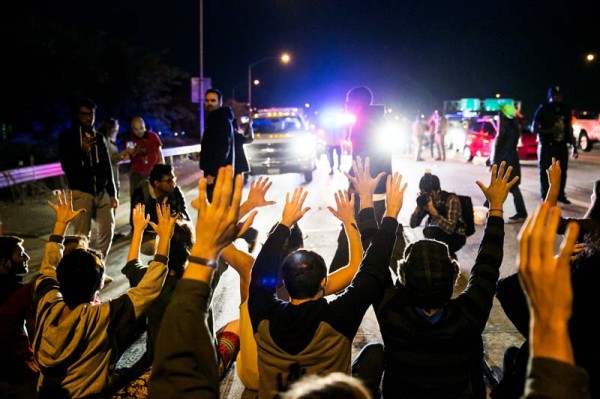
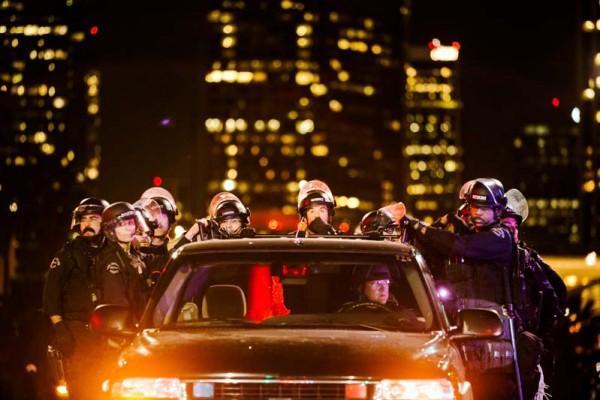
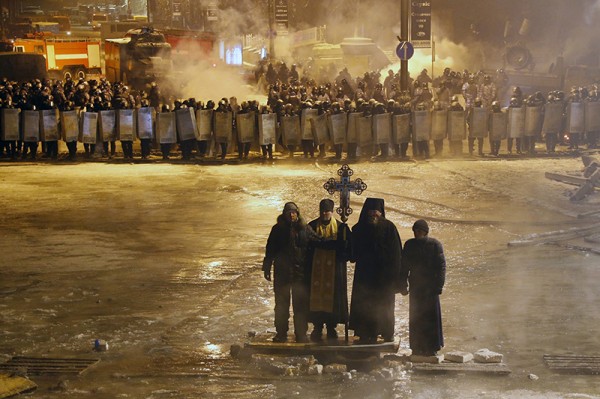
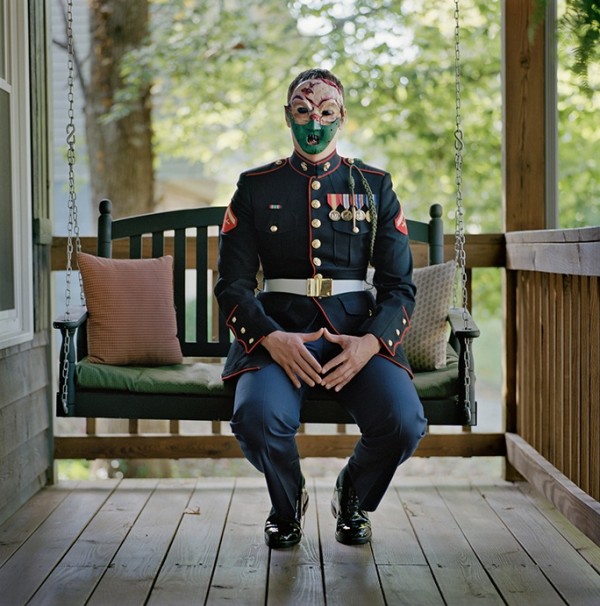
Reactions
Comments Powered by Disqus